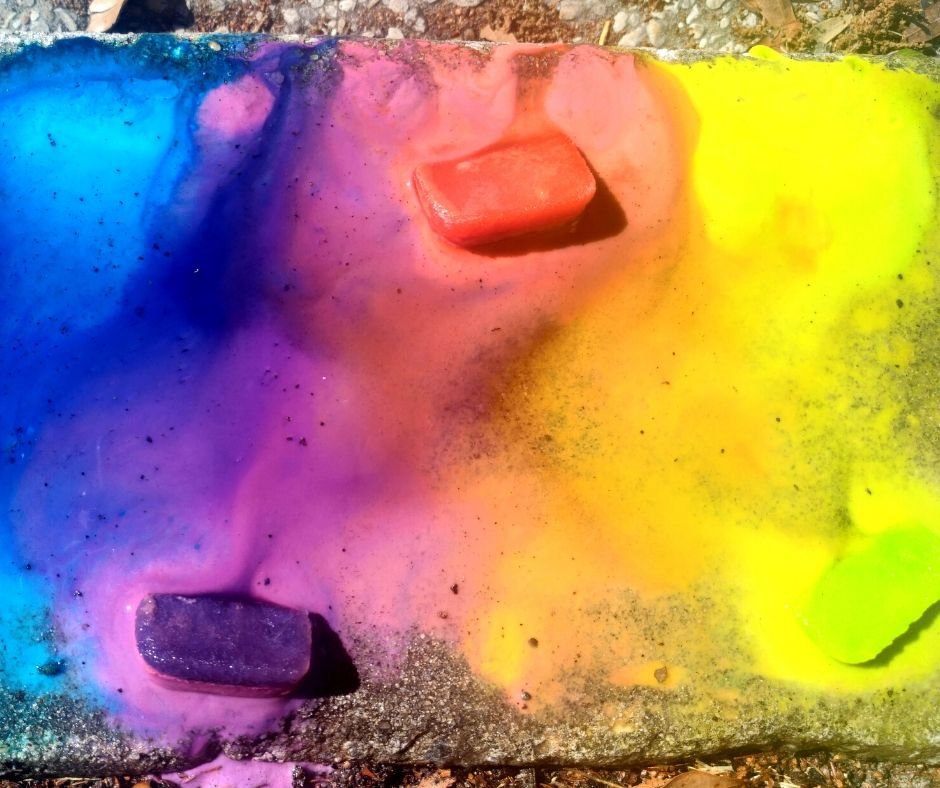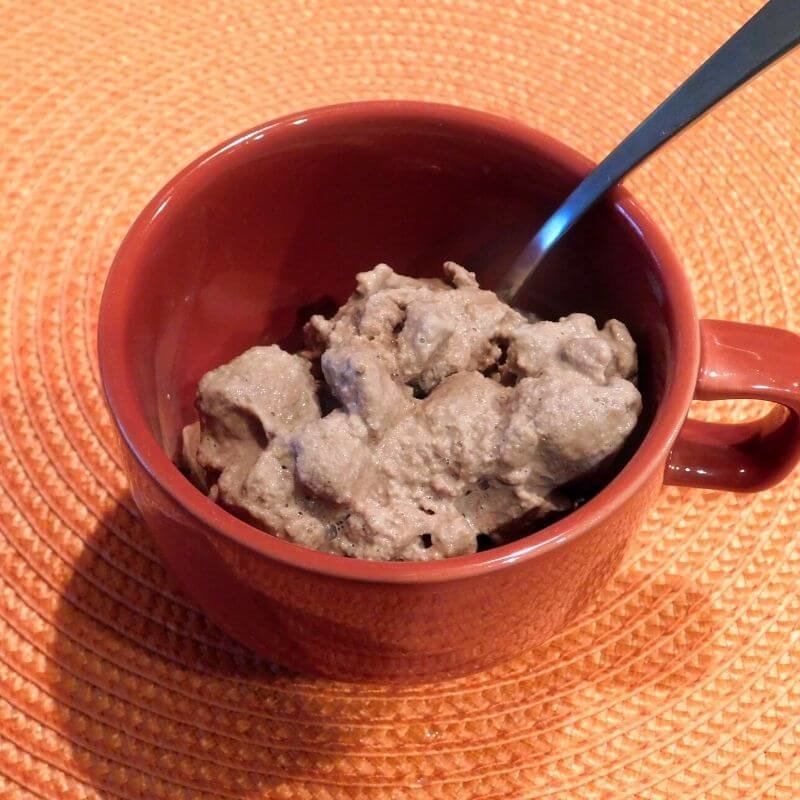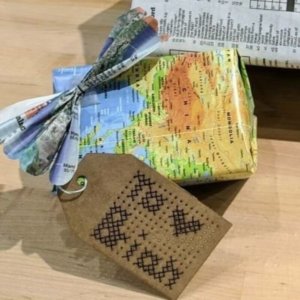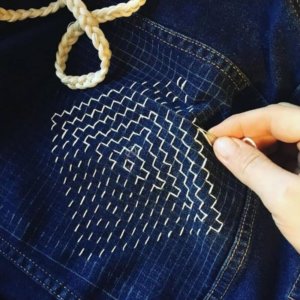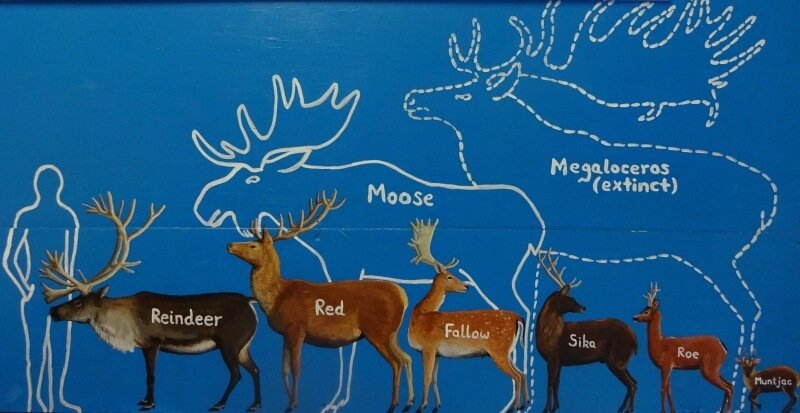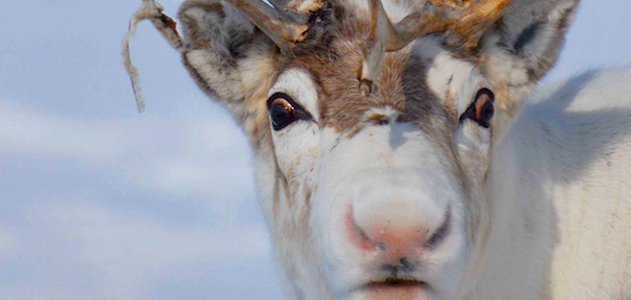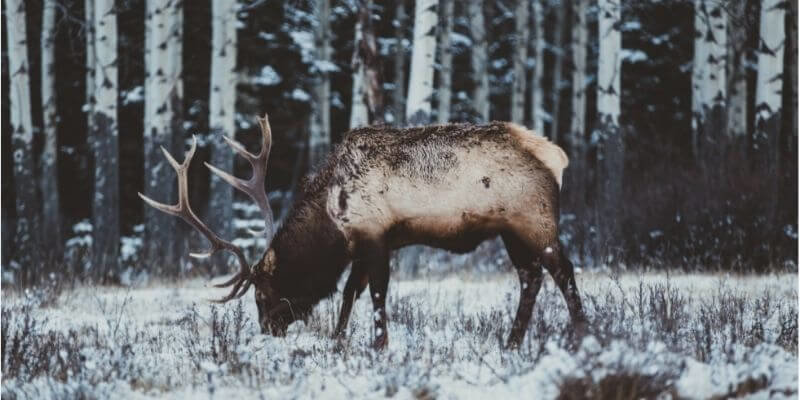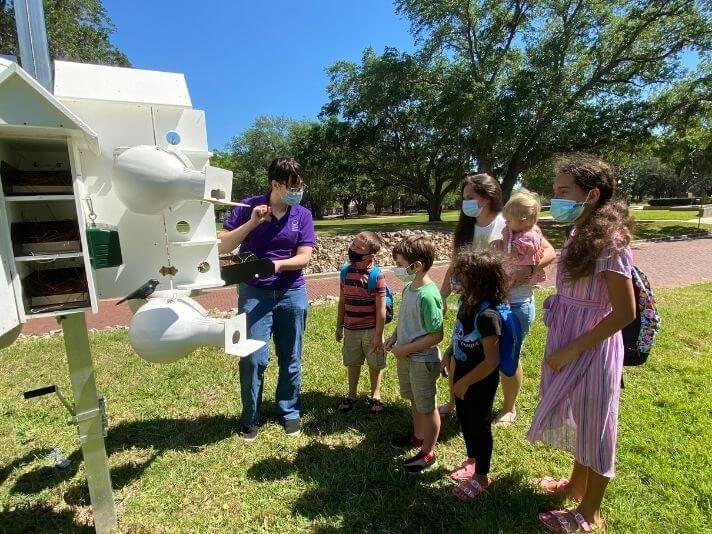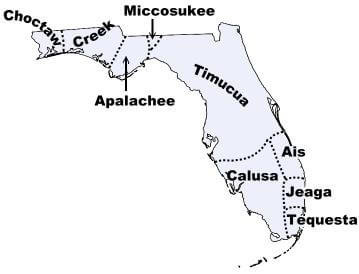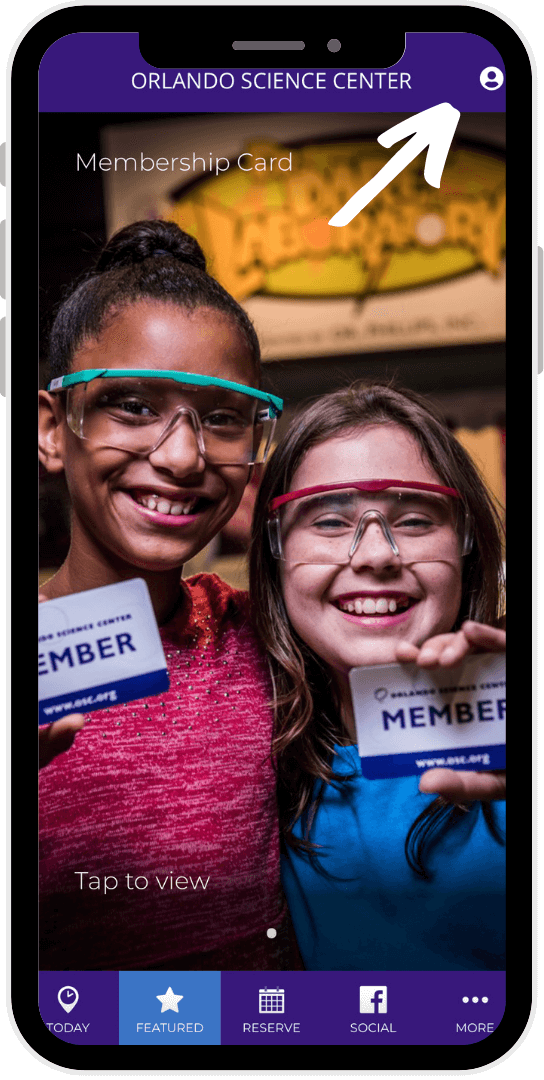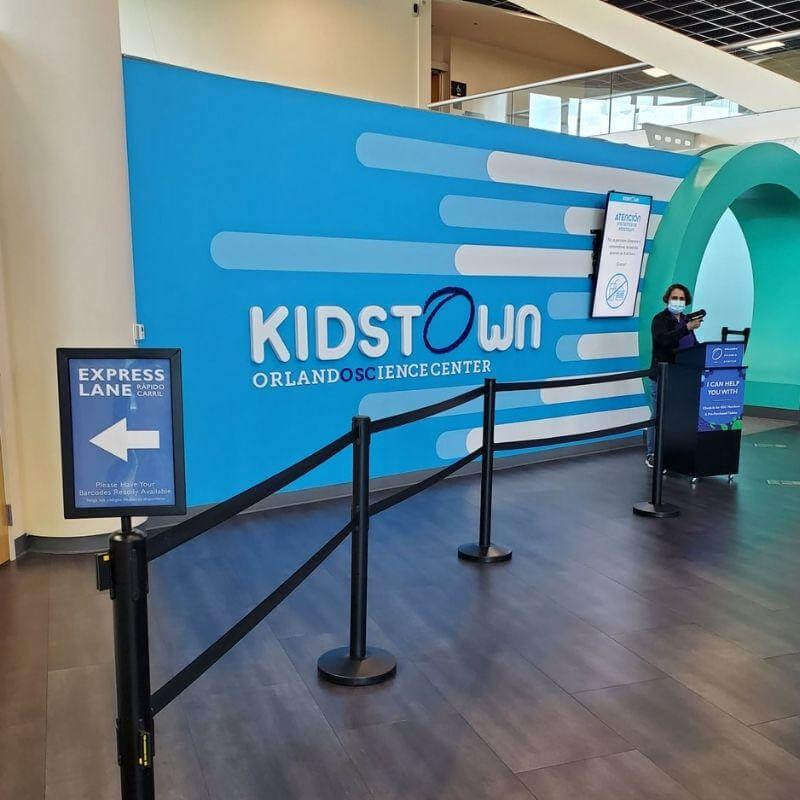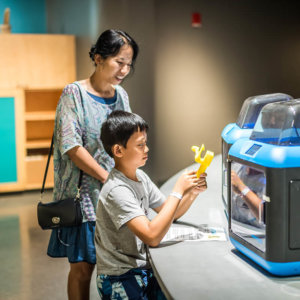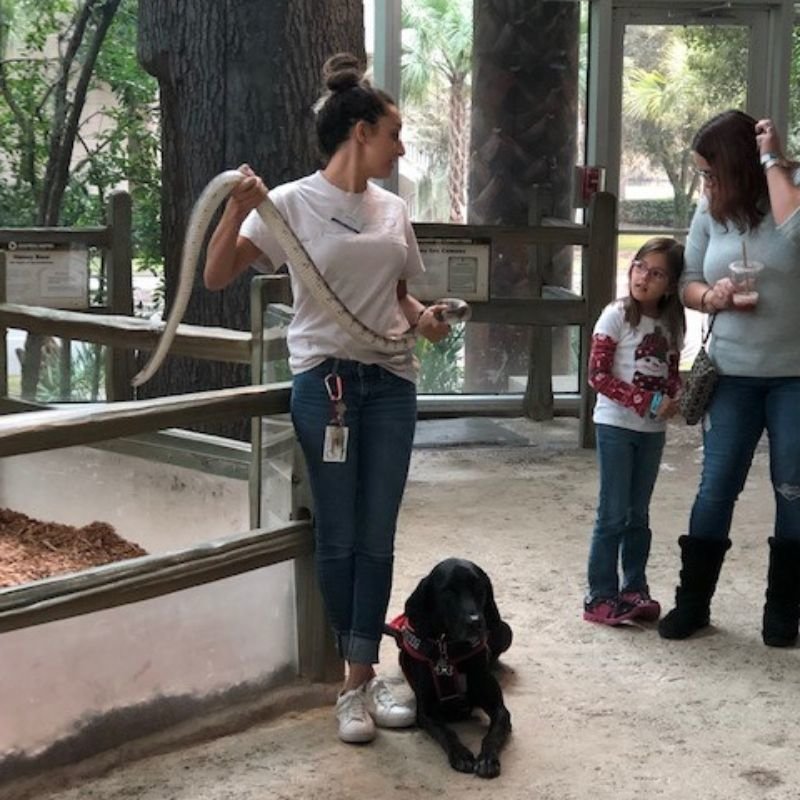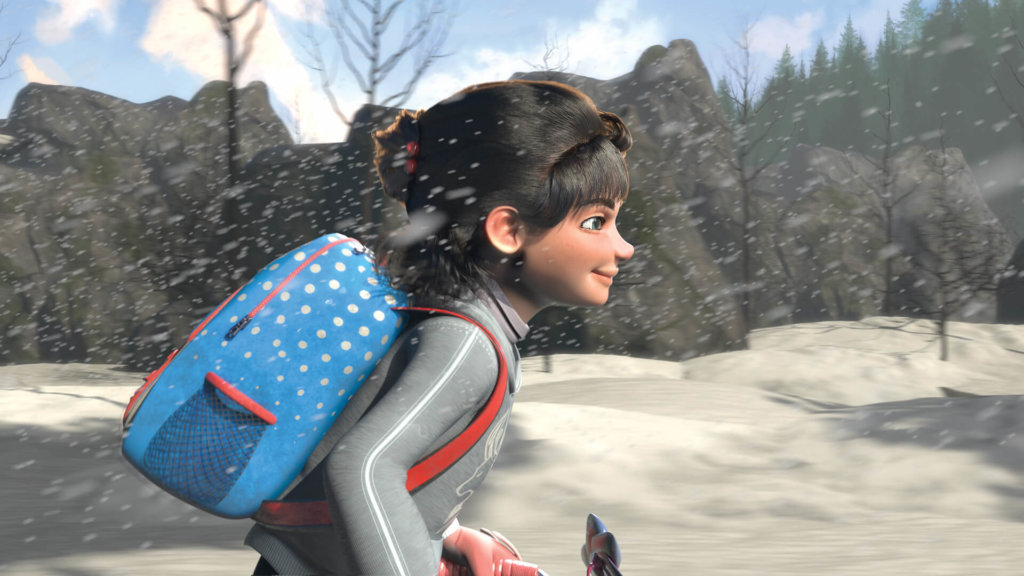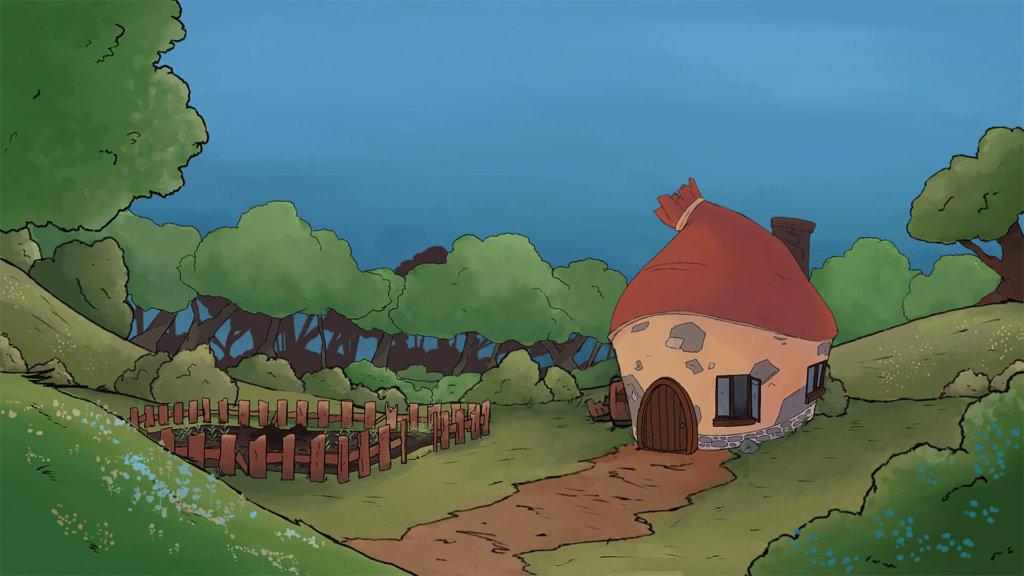January at the Orlando Science Center is Self-Care Aware Month!
But what does "self-care" mean anyway? We're here to tell you, it's more than just spa days and daily chocolates!
When you think of self-care, chances are you think of taking daily walks, meditating, reading, playing music, or any other activity that makes you happy. These activities are external to you, meaning they’re things that happen outside of your body. But stress is an internal experience. You feel it inside your body, and it impacts each of us a little bit differently.
Some people might have trouble sleeping, while others might experience scattered thoughts when facing stressful situations. Some people may even have difficulty breathing! So how do we battle these internal feelings of stress?
The scientific answer is to regulate your nervous system. Your nervous system controls everything you do – walking, thinking, feeling, and even breathing. It’s important that any kind of self-care you practice cares for your entire nervous system – both your body and your brain. There are some activities that scientists recommend to help you do this, including mindful breathing, meditation, and progressive muscle relaxation, which involves intentionally relaxing one muscle at a time.
When you make self-care a routine part of your life, research suggests that you can reduce stress and avoid burnout, which is a feeling of emotional, mental, and even physical exhaustion that can be caused by prolonged stress. Tuning into yourself and enhancing your emotional self-awareness through regular self-care is a great way to create balance in your life.
Here's a list of science-based activities to help you practice self-care at home:
- Is reading your favorite way to unplug and spend time with yourself? Make yourself an Iridescent Bookmark to help keep your place.
- Take your meditation outside, and then tune into your body and your surroundings with this Outdoor Scavenger Hunt.
- Do you like to fidget? Give your fingers something to do while you take some mindful time for yourself with these Embroidery Techniques.
- In Japanese culture, origami cranes have come to symbolize a sense of peace. Find your inner peace with the Art of Paper Folding.
- Practice your progressive muscle relaxation in a warm bath using some Homemade Bath Fizzers.
- Color psychologists study how different colors can impact your mood, creativity, and behavior. Surround yourself with colors that you associate with comfort or happy memories to promote stability and relaxation. Science suggests these might be blues or greens for the majority of people. You can do this with your clothes, your pens and pencils, your water bottle, and more!
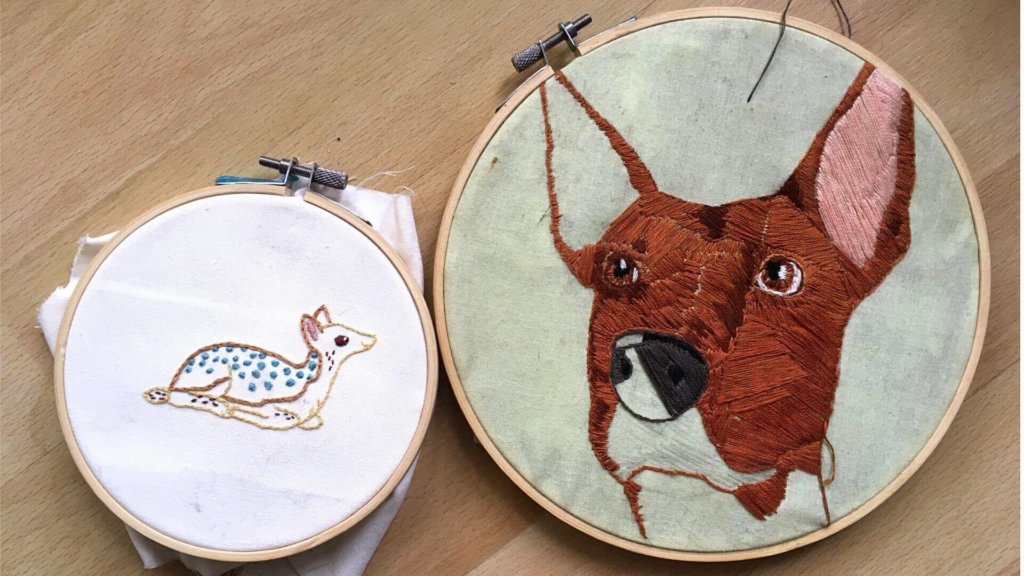
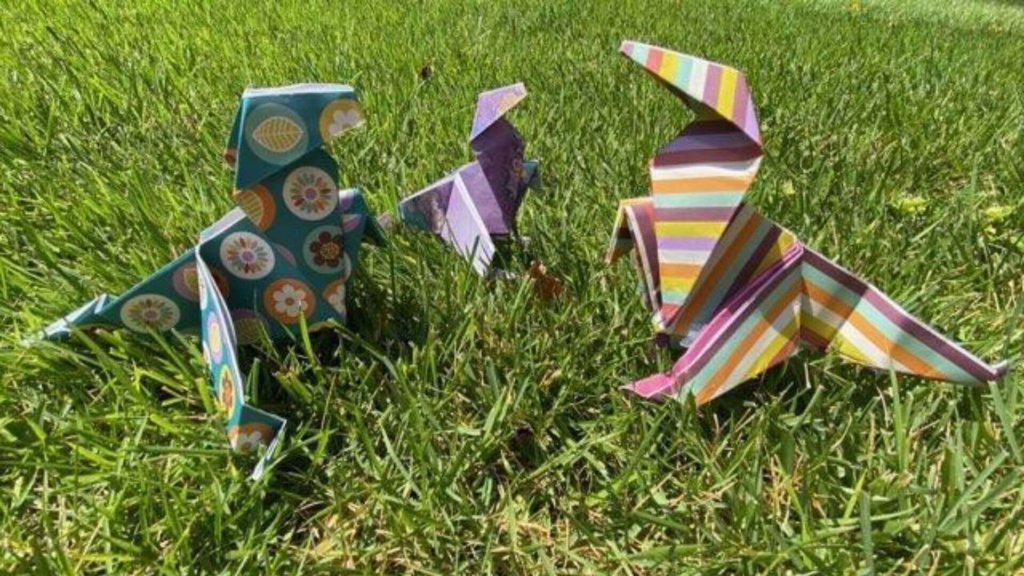
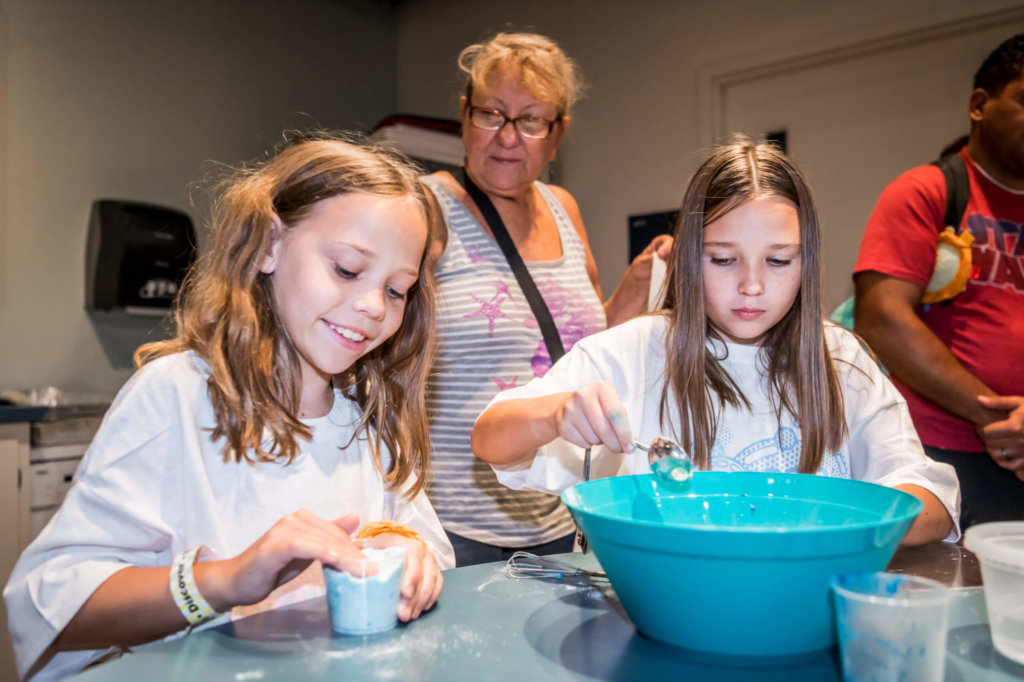
Interested in the science behind this article? Here are some of the sources we used to learn more about the science of self-care:
- “The Science of Self-Care” by Momentous Institute for Momentous Institute.
- “Self-Care: What Do Those Buzz Words Really Mean?” by Kyle D. Killian, Ph.D. for Psychology Today.
- “Why Color Psychology Deserves a Spot in Your Self-Care Routine” by Molly Shea for Shine.
